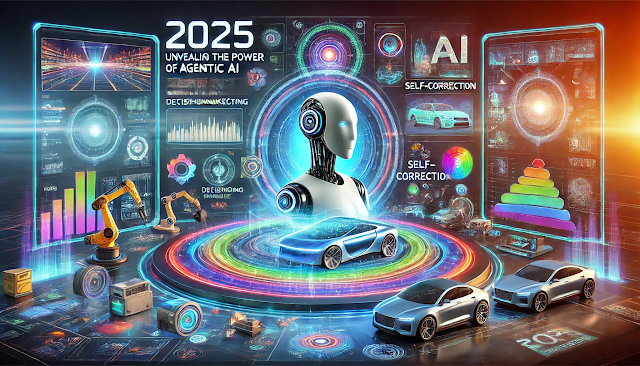Audio steganography does stand as a testament to the limitless creativity of human minds. By amulgamating art, science and mystery, it awes its listeners beyond the surface and unravels the hidden layers within. As technology continues to evolve, so too will the methods and applications of this fascinating craft, ensuring that the art of concealing messages in music remains as compelling as ever.
Steganography, the practice of hiding messages within other media, dates back centuries. Ancient Greek spies tattooed messages on shaved heads, later concealed by regrown hair. Invisible ink, microdots, and null ciphers all found their place in history’s covert communication toolkit. While these methods relied on physical media, today’s musicians have taken this clandestine tradition into the digital realm.
Music has long been a medium for coded messages. From classical composers embedding their names in melodies to rock bands reversing audio tracks, the blend of creativity and secrecy has captivated audiences. At the heart of modern audio steganography lies backmasking, a technique where messages are recorded in reverse and layered into songs. These hidden gems remain inaudible until the audio is reversed, often using specialized software.
Take The Beatles, for instance. Their song “Rain” is often cited as the first intentional use of backward audio in popular music. Similarly, Pink Floyd and Electric Light Orchestra inserted playful backmasked messages in their tracks, teasing curious fans. On the darker side, claims of satanic messages in Led Zeppelin’s “Stairway to Heaven” stirred public controversy, though most were later debunked as unintentional coincidences.
- Backmasking: when the music is played backwards is just one of the ways of audio steganographer.
Musical Ciphers: Composers like J.S. Bach encoded names and words using note sequences, a practice dating back to the 1400s.
Frequency Manipulation: Adjusting specific sound frequencies to embed messages, detectable only through detailed audio analysis.
Echo and Reverb Manipulation: Creating hidden messages using subtle sound effects.
Hiding Images in Audio: Converting images into sound signals and embedding them within tracks.
Tempo and Note Modulation: Concealing messages by altering tempos or modifying harmonies without disrupting the music’s flow.
The motivations behind audio steganography are varied. For some musicians, it is a playful experiment, a creative Easter egg for fans to uncover. For others, it is a way to make artistic statements or even communicate covertly. The 20th-century musique concrète movement, for instance, used reversed and fragmented audio to create avant-garde compositions.
Hidden messages in music have sparked fascination, debate as fear in certain cases. Aleister Crowley, a prominent occult figure, once advocated listening to records backward as a way to train the mind. This idea found an unlikely echo in the paranoia of the 1980s, when U.S. congressional hearings debated the supposed satanic influence of backmasked rock songs.
In the digital era, audio steganography has become even more accessible. Software like Audition, Pro Tools and Tidal Cycles offer intuitive interfaces for reversing audio, adjusting frequencies, layering and spectral frequency display which can be used for seamlessly hiding messages into music and its extracted with precision, thus expanding the creative possibilities for modern artists. Now use of artificial intelligence has further expanded the possibilities. AI can analyze music for hidden patterns or even generate steganographic content autonomously. This opens new frontiers for creativity, allowing artists to craft multi-layered pieces where the hidden message evolves with each playback, adapting to listener behavior or environmental factors.
Beyond individual creativity, the digital age has also amplified the cultural impact of audio steganography. Social media platforms and online forums provide spaces for fans to share discoveries and theories, turning hidden messages into global phenomena. Viral challenges and collaborative decoding efforts have brought audio steganography into the mainstream, demonstrating its enduring appeal.
Audio steganography blurs the lines between art, technology and mystery. From ancient tattooed messages to digital backmasked tracks, it underscores human fascination with secrecy and discovery. Whether in a playful experimentation or subversive storytelling, hidden messages in music invite us to listen closely because what we hear might not only be the thing what is truly there.
Audio steganography is not merely a relic of the past; it is a craft that has continuously evolved. From ancient methods like wax tablets and tattooed messages to today’s sophisticated digital tools, the core principle remains the same, that is to embed a hidden layer of meaning within the medium.
The Psychological Appeal
Part of the allure of audio steganography lies in its psychological impact. Humans are naturally drawn to mystery and the thrill of uncovering hidden truths. The act of discovering a concealed message in a favorite song can forge a deeper connection between the listener and the artist, fostering a sense of exclusivity and intrigue.
While audio steganography is often employed for artistic or playful purposes, it also raises ethical questions. Should artists disclose the presence of hidden messages? What happens when such messages are misinterpreted? These questions underscore the responsibility that comes with wielding this powerful tool.
As technology evolves, so too do the methods and applications of audio steganography. The integration of virtual and augmented reality, for instance, could add new dimensions to this art form, creating immersive experiences where hidden messages are not just heard but felt and seen.

